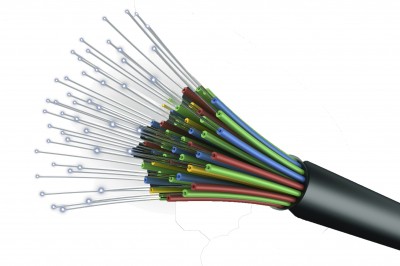
Loose Tube Fiber Optic Cable: Gel-Free or Gel – What the difference means to you.
Most loose tube fiber optic cables are available with either gel-free or gel-filled tubes.
Although the end performance is essentially the same, there are some key differences in construction. This blog will help with your decision on which product is best suited for your intended application.
NEED CUSTOM FIBER CABLE? Use our Fiber Design Guide!
The Similarities
- Both gel-free and gel filled fiber optic cable pass all current industry requirements
- Both are designed with the flexibility to withstand the rigors of outdoor installation
- Both gel-free and gel filled fiber optic cable are designed to perform in extreme environments
The Differences
The primary difference between gel-free and gel filled fiber optic cable is the method used to block water from migrating into the cable itself.
The low down on gel-free
This type of loose tube fiber optic cable construction means that between the fiber optics and outer jacket there is some form of water swellable material. This is usually tape but could also be foam or strings. These dry items are treated with an absorbent material to help keep water away from the optic fibers themselves.
Gel-free pros
- Installers love dry loose tube construction because it is mess free with no gel to clean off prior to splicing or termination.
- It can also indicate a cost savings, because no mess to clean up means less billable time for installers.
Gel-free cons
Although the materials used to fill the tube are treated with an absorbent substance, they do not fill the entire tube as gels do. This can allow some amount of water to enter the tube leaving the fiber somewhat vulnerable.
All about gel filled
This type of loose tube fiber optic cable construction means that the space not occupied by fiber optics within the tube is a gel.
Gel-filled pros
- A gel-filled loose tube means that the tube is filled with gel to block the water from migrating into the tube and around the fibers
- Loose tube cable has gel-filled fiber that is free floating so there is less tension on the fibers themselves.
- The gel adds an additional layer of protection for the fiber.
Gel-filled cons
The main disadvantage of gel-filled loose tube fiber optic cable is that you have to clean the gel from the fibers which slows down the installation process and can be a mess for installers.
What do the differences mean to me?
There is no one fiber optic cable that is perfect for every application. To determine which type of loose tube fiber is right for you means asking yourself a few key questions.
- What is the likely level of water contact?
- When do you need the product?
If you need the product now, our shorter lead times at Remee Wire & Cable give us a competitive edge within the industry. Additionally, consider our ability to produce smaller runs over predominate large manufacturers. If you need a shorter run, we might be a great choice! To find out more about Remee or to get help determining if we have the product to suit your needs, reach out to one of our sales contacts, or fill out the Request Quote form.